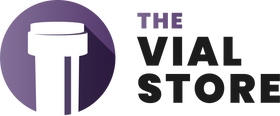We’re always told to read dug labels before consuming to make sure that we’re taking the right medicine in a correct and safe way. We all know this, but most of us are too lazy to practice it. This laziness of us could prove costly if we consume some other drug or consume a drug that’s been expired.
A good thing is that not all of us are ignorant, there are many people who want to check drug labels before taking it. But many of those people have difficulty in reading and understanding medication labels, which could lead to health implications. More than half a million Americans misinterpret prescription drug labels each year, according to Consumer Reports. For elderly people and people with chronic disease, this becomes even more critical.
When it comes to drug labels, there are two kinds: over-the counter drug labels and prescription vials. The former is quite easy to understand as it consists of medicine facts. But the latter has proved to be difficult among customers. In this post, we’ll be giving you a simple guide to read prescription drug labels properly. To make it easy for you to understand, we’ve divided the prescription into two sections, with information to interpret each of them in the right way. Let’s get started!
General Details
One of the first things that you notice in a prescription drug is the general information mentioned in it. Usually, five basicdetails are mentioned in this section of the label. These are:
Medical Information
This is perhaps the most important part of the label. It consists of details related to the medicine that we must be aware of before taking it. In case we forget, these details will help us recall them. Here are the medical information related details included in the prescription drug label.
Final Word
As we saw, the prescription drug labels have vital information that we all need to be aware of before taking medicines. If you have elderly or chronic patients at your home, you should always insist them to read prescription drug labels before taking the medicines. Some people prefer to store their medicines in pop-top bottles or glass joint tubes. Those people should try to affix the prescription labels so that it helps them refer it in the future.

